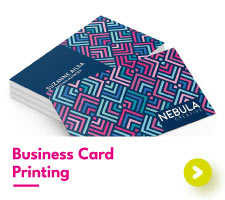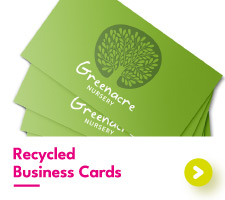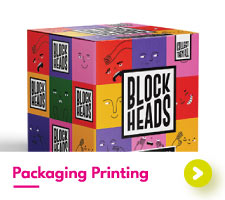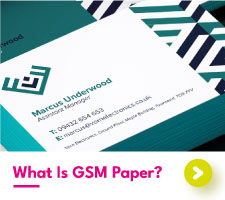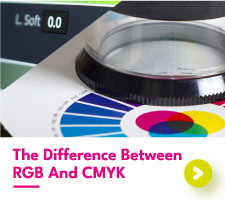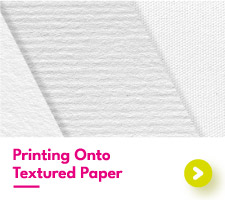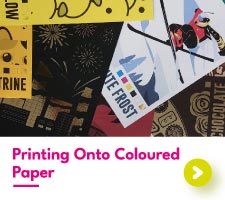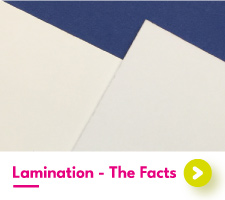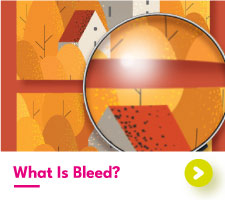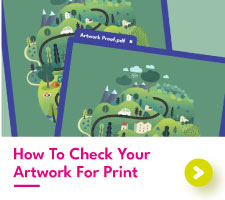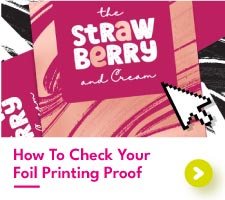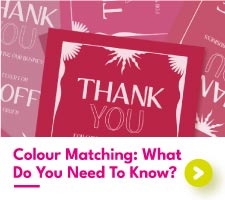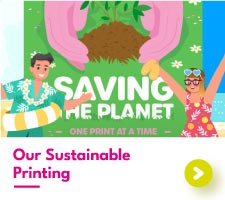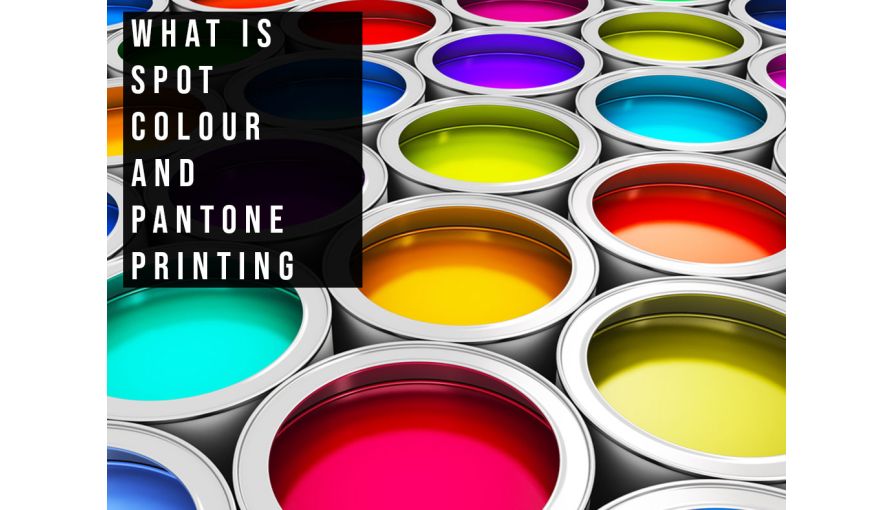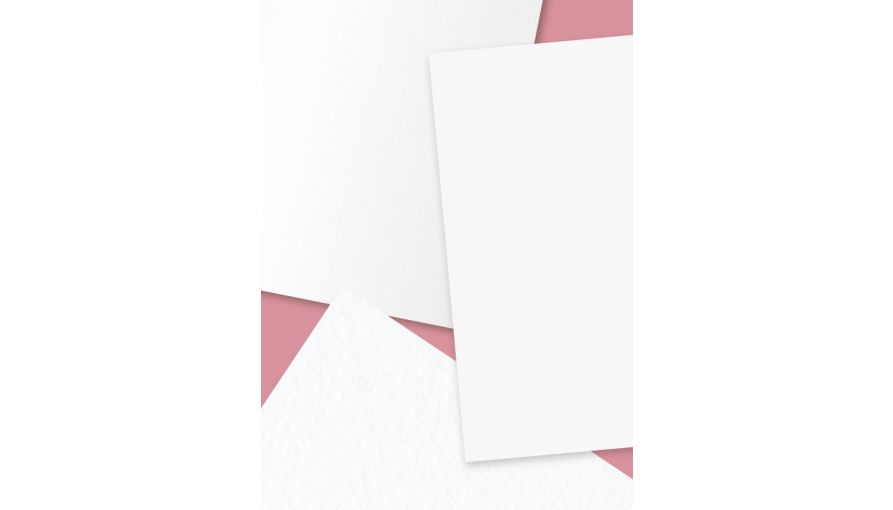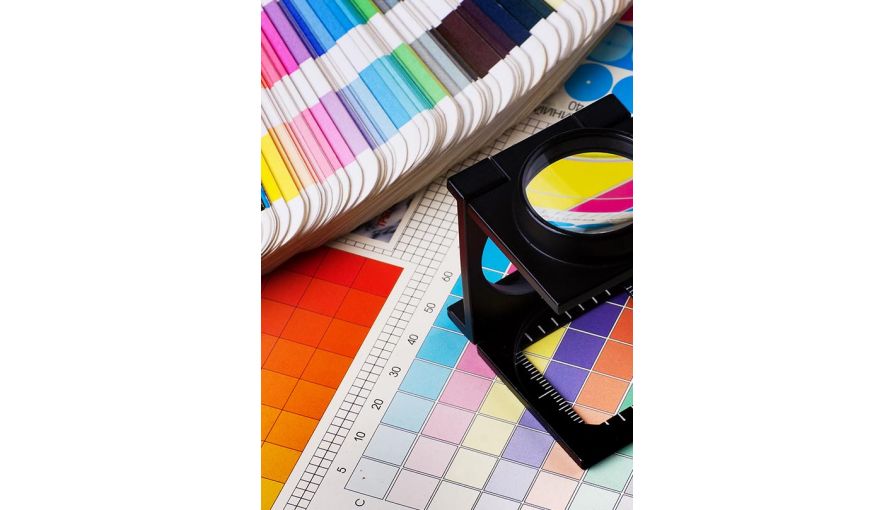Discover Spot Colouring And Other Printing Terms
In the printing industry, the most common form of print is called 4 Colour Process, or CMYK. This is where four colours (cyan, magenta, yellow and key black) are all mixed together, to give all the colours that are needed. Commercial and domestic printing equipment all use this colour system, from a large digital press to your desktop printer. Almost every print run such as printed leaflets and PVC banners, all use the CMYK system.
What Is Spot Colour?
Using spot colour inks is an alternative to CMYK (cyan magenta yellow and black) printing. A spot colour is where a pre-mixed ink (such as a spot colour green) is used rather than a mix of yellow and blue as you would in CMYK printing. Spot colour process inks can be many different colours, and also include specialist inks such as metallics, fluorescents and clear varnishes.
What Printing Uses Spot Colours?
For the most part, litho printing is the only technique that uses spot colours regularly. Litho printing makes use of printing plates for each of the colours that are used, and the inks are laid onto the paper in turn. In 4-colour process, there are plates for each of the CMYK, but it is just as easy to make plates that use spot colours, in addition to (or instead of) the 4 CMYK colours.
How Do You Use Spot Colour?
We are often asked 'What is the purpose of a spot colour?' and 'how is a spot colour used?'
Pantone spot colour printing is generally used for two reasons – cost-effectiveness and colour matching to a specific colour code. You should use spot colour printing for consistency, particularly on important brand elements like logos on your printed brochures. Otherwise, you could end up with a very slight, but noticeable difference in the colour of your logo.
Cost
If you want to print letterheads that are black and white with an orange logo, using the CMYK 4-colour process you would have to make printing plates for each of the 4 CMYK colours to print the job. The print machine would use ‘K’ ink to make the black, and then use a mix of C, M, and Y to create the orange colour.
If you use spot process colours you can save money – just make one plate for the black text and another plate that uses a pre-mixed Pantone spot colour red. Two printing plates and two inks, instead of four printing plates and four inks. This saves setup time and the cost of materials.
Colour Matching
If there’s a specific spot printing colour that you have as part of your company branding (like B&Q Orange) you’ll want that orange colour to print the same every time, regardless of which print company produces an item for you, or which machine they use.
If you specify a particular spot colour, you have a much higher chance of getting a consistent orange tone across all of your printed matter. Spot colours are often catalogued in a system, with the most popular in the USA and UK being the Pantone Matching System (more about that in a moment).
If you’re not using spot colour systems, you may find that your company colour comes out a little different on different machines (CMYK colours can vary a tad) and perhaps don’t have the vibrancy of the colour you’ve selected – not all spot colours can accurately be represented as a CMYK mix as they are too bright/vibrant.
What Are Pantones And The Pantone Matching System?
In the USA and UK, the Pantone Matching System is the most popular catalogue of spot colours. It’s effectively a colour swatch that shows all of the colours (1000+) and supplies codes for each to allow for easy identification.
The Pantone system standardises the ink recipes for all of these colours, made up of a base stock of 13 vibrant pigment colours, and black.
This means that a Pantone ink on a printing press on one side of the world should match exactly with the same colour on the other side of the world, as both will follow exactly the same recipe.

 USA
USA FR
FR
